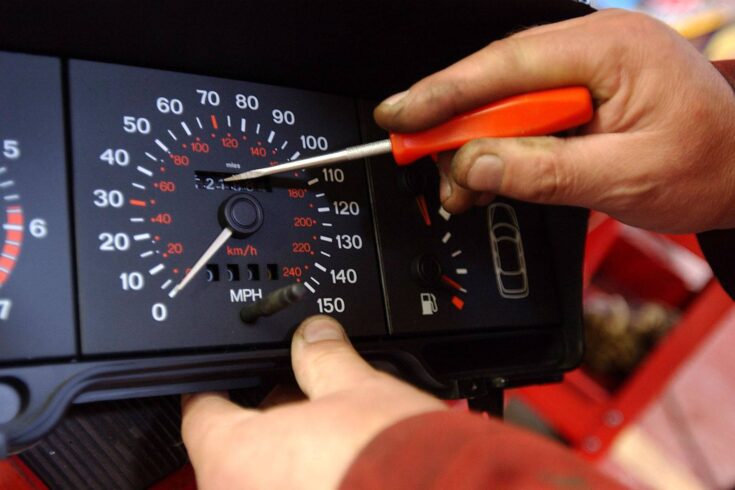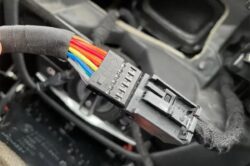If you have a legitimate reason for installing a mileage blocker, such as preventing mileage accumulation during vehicle transportation for service, it is crucial to consult with professionals and ensure compliance with relevant laws. Professional installation is recommended to avoid errors and ensure the proper functioning of the device.
Ensure that the mileage blocker ford you choose is compatible with Ford vehicles. Different models and years may have specific electronic systems, so select a device designed for Ford’s CAN bus and other relevant vehicle systems.
Before proceeding with the installation, consult with professional technicians who have experience with mileage blockers and vehicle electronics. Their expertise can help you understand the compatibility of the device with your specific Ford model.
Important aspects

Source: mileage-blocker.co.uk
Depending on the specific mileage blocker and your vehicle model, you may need tools such as:
- screwdrivers
- pliers
- other equipment
Refer to the installation instructions provided by the manufacturer for a list of required tools. As a safety precaution, disconnect the vehicle’s battery before starting the installation process. This prevents any potential electrical issues and ensures a safer installation procedure.
Locate the OBD-II (On-Board Diagnostics) port in your Ford vehicle. The OBD-II port is typically located beneath the dashboard near the driver’s seat. Ensure that the mileage blocker you have is designed to connect to the OBD-II port. Follow the manufacturer’s installation instructions to connect the mileage blocker to the OBD-II port. This may involve plugging the device into the port, securing any connectors or cables, and ensuring a stable connection.
Secure any wiring and components associated with the mileage blocker. Ensure that cables are neatly organized and properly secured to prevent interference with other vehicle components. Follow the manufacturer’s guidelines for cable routing. After connecting the mileage blocker, reconnect the vehicle’s battery. Ensure that all connections are secure and that there are no loose wires. This step is critical for re-establishing power to the vehicle’s systems.
Additional features

Source: onyxperformance.co.uk
Perform a test to ensure that the mileage blocker is functioning correctly. Follow any activation or deactivation procedures outlined by the manufacturer. Verify that the device is effectively blocking the odometer from recording additional mileage. If necessary, consult with professionals to calibrate the mileage blocker for your specific Ford model. Calibration may involve adjustments to ensure accurate mileage readings when the device is deactivated.
Keep detailed documentation of the installation process. Include information such as the date of installation, device specifications, and any activation or deactivation records. Transparent record-keeping is crucial for legal compliance and ethical use.
It’s important to note that the use of mileage blockers should align with legal compliance and ethical standards.

Source: kmstop.com
Participating in odometer tampering, a deceptive practice aimed at altering the recorded mileage of a vehicle for fraudulent purposes, is unequivocally forbidden by law, and those found guilty may face severe legal consequences. Odometer tampering undermines the integrity of the automotive market and can result in financial losses for unsuspecting buyers. It is essential to emphasize the importance of upholding legal standards and fostering transparency within the automotive industry.
Any attempt to manipulate odometer readings not only compromises the accuracy of a vehicle’s history but also poses a serious threat to the trust and reliability that consumers place in the market. To maintain the ethical standards of business transactions, individuals and businesses alike must prioritize legal compliance and adhere to strict ethical guidelines, promoting a fair and trustworthy environment for all parties involved in the buying and selling of vehicles.
Additionally, authorities consistently monitor and enforce regulations related to odometer tampering to deter potential offenders and safeguard the interests of consumers and the automotive industry as a whole.





